 W
WSir Wallace Alan Akers was a British chemist and industrialist. Beginning his academic career at Oxford he specialized in physical chemistry. During the Second World War, he was the director of the Tube Alloys project, a clandestine programme aiming to research and develop British atomic weapons capabilities, from 1941 to 1945. After the war he was director of research at Imperial Chemical Industries. He also served as a member of the Advisory Council of the Department of Scientific and Industrial Research, and the committee that drew up the organisation of what became the United Kingdom Atomic Energy Authority. He died in 1954 at the age of 66.
 W
WSir Edward Victor Appleton was an English physicist, Nobel Prize winner (1947) and pioneer in radiophysics. He studied, and was also employed as a lab technician, at Bradford College from 1909 to 1911.
 W
WLorna Margaret Arnold was a British historian who wrote a number of books connected with the British nuclear weapons programmes.
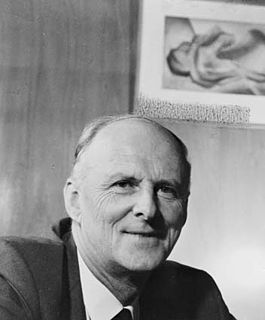 W
WSir John Philip Baxter, better known as Philip Baxter, was a British chemical engineer. He was the second director of the University of New South Wales from 1953, continuing as vice-chancellor when the position's title was changed in 1955. Under his administration, the university grew from its technical college roots into the "fastest growing and most rapidly diversifying tertiary institution in Australia". Philip Baxter College is named in his honour.
 W
WNiels Henrik David Bohr was a Danish physicist who made foundational contributions to understanding atomic structure and quantum theory, for which he received the Nobel Prize in Physics in 1922. Bohr was also a philosopher and a promoter of scientific research.
 W
WSir James Chadwick, was a British physicist who was awarded the 1935 Nobel Prize in Physics for his discovery of the neutron in 1932. In 1941, he wrote the final draft of the MAUD Report, which inspired the U.S. government to begin serious atomic bomb research efforts. He was the head of the British team that worked on the Manhattan Project during World War II. He was knighted in Britain in 1945 for his achievements in physics.
 W
WSir John Douglas Cockcroft, was a British physicist who shared with Ernest Walton the Nobel Prize in Physics in 1951 for splitting the atomic nucleus, and was instrumental in the development of nuclear power.
 W
WJohn Corner, was a British mathematician and physicist. He is best known for his work on interior ballistics and the British hydrogen bomb programme.
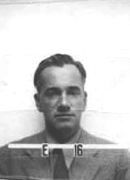 W
WOtto Robert Frisch FRS was an Austrian-born British physicist who worked on nuclear physics. With Lise Meitner he advanced the first theoretical explanation of nuclear fission and first experimentally detected the fission by-products. Later, with his collaborator Rudolf Peierls he designed the first theoretical mechanism for the detonation of an atomic bomb in 1940.
 W
WKlaus Emil Julius Fuchs was a German theoretical physicist and atomic spy who supplied information from the American, British, and Canadian Manhattan Project to the Soviet Union during and shortly after World War II. While at the Los Alamos National Laboratory, Fuchs was responsible for many significant theoretical calculations relating to the first nuclear weapons and, later, early models of the hydrogen bomb. After his conviction in 1950, he served nine years in prison in the United Kingdom and then moved to East Germany where he resumed his career as a physicist and scientific leader.
 W
WMargaret Mary Gowing, was an English historian. She was involved with the production of several volumes of the officially sponsored History of the Second World War, but was better known for her books, commissioned by the United Kingdom Atomic Energy Authority, covering the early history of Britain's nuclear weapons programmes: Britain and Atomic Energy 1939–1945, published in 1964, and the two-volume Independence and Deterrence: Britain and Atomic Energy 1945–52, published in 1974.
 W
WHans Heinrich von Halban was a French physicist, of Austrian-Jewish descent.
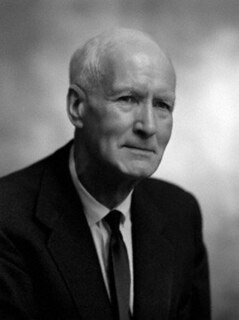 W
WChristopher Hinton, Baron Hinton of Bankside was a British nuclear engineer, and supervisor of the construction of Calder Hall, the world's first large-scale commercial nuclear power station.
 W
WNicholas Kemmer was a Russian-born nuclear physicist working in Britain, who played an integral and leading edge role in United Kingdom's nuclear programme, and was known as a mentor of Abdus Salam – a Nobel laureate in physics.
 W
WLew Kowarski was a naturalized French physicist. He was a lesser-known but important contributor to nuclear science.
 W
WLieutenant General Sir Frederick Edgworth Morgan, was a senior officer of the British Army who fought in both world wars. He is best known as the chief of staff to the Supreme Allied Commander (COSSAC), the original planner of Operation Overlord.
 W
WAlan Nunn May was a British physicist, and a confessed and convicted Soviet spy, who supplied secrets of British and United States atomic research to the Soviet Union during World War II.
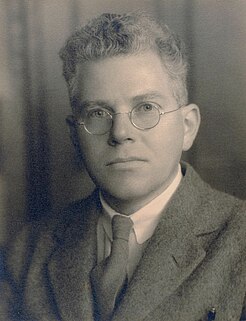 W
WSir Marcus Laurence Elwin "Mark" Oliphant, was an Australian physicist and humanitarian who played an important role in the first experimental demonstration of nuclear fusion and in the development of nuclear weapons.
 W
WSir William Leonard Owen was a British civil engineer and nuclear engineer. As Director of Engineering at the British Atomic Energy Project, he oversaw the construction of the Springfields Chemical and Fuel Element Plants, the Windscale Piles, Windscale plutonium extraction plant, Capenhurst gaseous diffusion plant and the Calder Hall nuclear power station.
 W
WSir Rudolf Ernst Peierls, was a German-born British physicist who played a major role in Tube Alloys, Britain's nuclear weapon programme, as well as the subsequent Manhattan Project, the combined Allied nuclear bomb programme. His obituary in Physics Today described him as "a major player in the drama of the eruption of nuclear physics into world affairs".
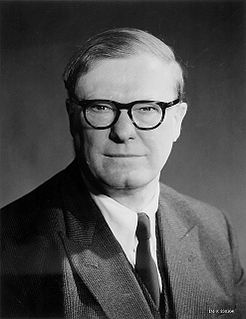 W
WWilliam George Penney, Baron Penney, was an English mathematician and professor of mathematical physics at the Imperial College London and later the rector of Imperial College. He had a leading role in the development of Britain's nuclear programme, a clandestine programme started in 1942 during World War II which produced the first British atomic bomb in 1952.
 W
WSir Michael Willcox Perrin was a scientist who created the first practical polythene, directed the first British atomic bomb programme, and participated in the Allied intelligence of the Nazi atomic bomb.
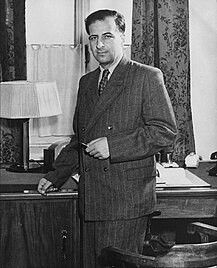 W
WBruno Pontecorvo was an Italian and Soviet nuclear physicist, an early assistant of Enrico Fermi and the author of numerous studies in high energy physics, especially on neutrinos. A convinced communist, he defected to the Soviet Union in 1950, where he continued his research on the decay of the muon and on neutrinos. The prestigious Pontecorvo Prize was instituted in his memory in 1995.
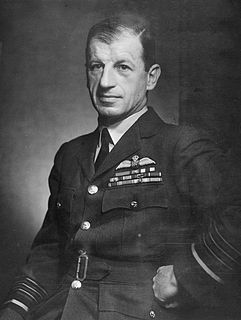 W
WMarshal of the Royal Air Force Charles Frederick Algernon Portal, 1st Viscount Portal of Hungerford, was a senior Royal Air Force officer. He served as a bomber pilot in the First World War, and rose to become first a flight commander and then a squadron commander, flying light bombers on the Western Front.
 W
WSir Ernest William Titterton was a British nuclear physicist.
 W
WJohn Clive Ward, was a British-Australian physicist. He introduced the Ward–Takahashi identity, also known as "Ward Identity". Andrei Sakharov said Ward was one of the titans of quantum electrodynamics. He made significant contributions to quantum solid-state physics, statistical mechanics and the Ising model.